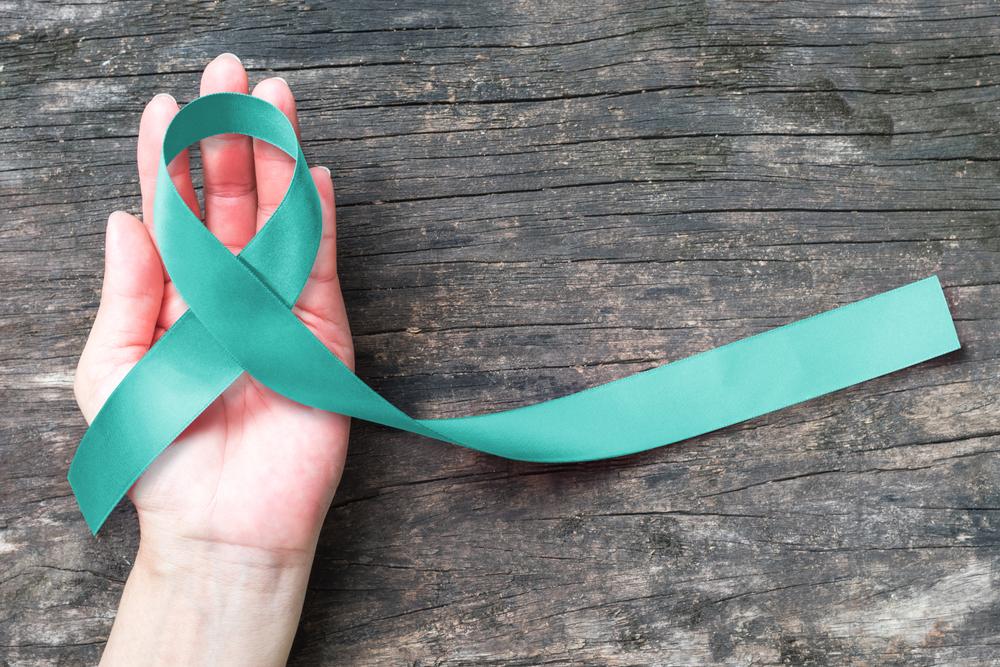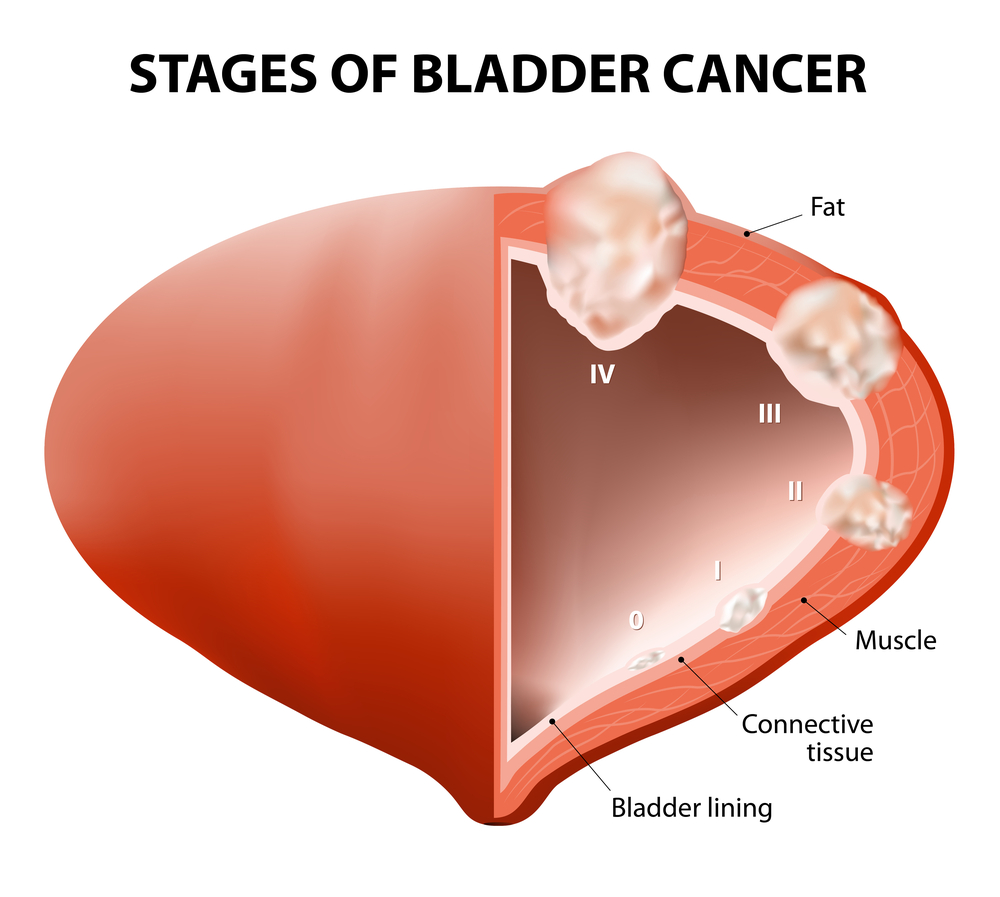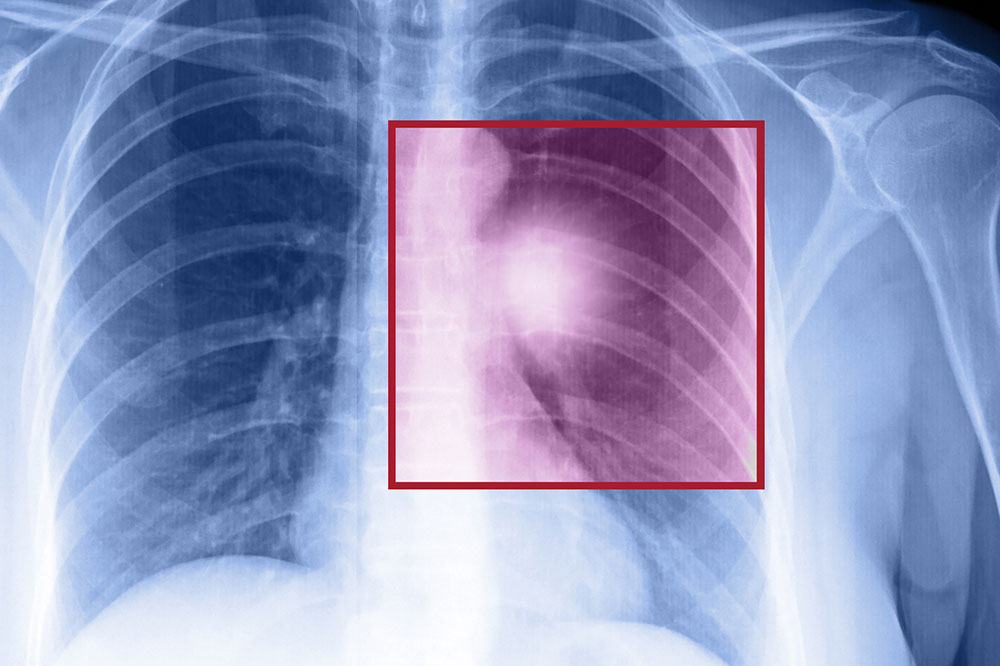Comprehensive Guide to Bladder Cancer: Symptoms, Risks, and Prevention Strategies
This comprehensive article explores bladder cancer, highlighting its symptoms, risk factors, and prevention strategies. It emphasizes early detection importance and provides guidance on managing risk factors like smoking and chemical exposure. Relevant for individuals over 55 or those with a family history, the content aims to educate readers on bladder health, screening, and lifestyle modifications to reduce cancer risk, promoting proactive health surveillance for better outcomes.

The urinary system plays a vital role in maintaining your body's balance by storing and eliminating waste through urine. The bladder, a hollow muscular organ situated in the pelvis, is responsible for storing urine produced by the kidneys before it's expelled through urination. When this organ develops abnormal cell growth, it can result in bladder cancer, a serious condition that warrants attention. Bladder cancer originates primarily in the urothelial cells lining the bladder's interior, but in some cases, it can spread or affect adjacent structures within the urinary tract.
According to data from reputable health organizations like the National Institutes of Health, approximately 45,000 men and 17,000 women are diagnosed with bladder cancer annually in the United States alone. This significant prevalence underscores the importance of awareness and early detection. The disease typically begins when carcinogens—substances capable of causing cancer—damage the delicate lining of the bladder, particularly the urothelial cells. While bladder cancer predominantly affects this organ, it is also capable of impacting other parts of the urinary system, such as the ureters and kidneys.
One of the key factors influencing outcomes is the stage at which the cancer is diagnosed. Early detection is crucial; around 70% of bladder cancer cases are identified at an early stage, increasing the likelihood of successful treatment. Nonetheless, bladder cancer has a high recurrence rate, meaning patients often need continuous monitoring and follow-up care even after successful initial treatment. This persistent threat of recurrence makes ongoing surveillance an essential aspect of managing the disease.
Symptom recognition plays a vital role in early diagnosis. The most common symptom of bladder cancer is hematuria—visible blood in the urine—which can range from mild to severe. Sometimes, the blood may be visible to the naked eye, giving urine a bright red hue. Other times, bleeding may be microscopic, detectable only through lab tests. Besides hematuria, individuals may experience pain or a burning sensation during urination, pelvic discomfort, or a frequent need to urinate. In some cases, there may be lower back pain or pain in the flank area. If you observe any of these symptoms, especially persistent or recurrent hematuria, prompt consultation with a healthcare provider is essential for accurate diagnosis and timely intervention.
Understanding the risk factors associated with bladder cancer can aid in prevention and early detection efforts. Several lifestyle and environmental factors have been identified as contributors. Smoking is the most significant, accounting for nearly half of all bladder cancer cases. Carcinogenic chemicals found in tobacco smoke are absorbed into the bloodstream and filtered through the kidneys into the urine, exposing the bladder lining to harmful substances. Occupational exposure to industrial chemicals such as aromatic amines—used in manufacturing dyes, rubber, and textiles—also increases the risk. Repeated urinary tract infections and chronic bladder inflammation may contribute to cellular changes that lead to cancer.
Additional risk factors include low fluid intake, which results in longer contact time between carcinogens and the bladder lining, making damage more likely. Age is another important factor; most cases are diagnosed in individuals over the age of 55. Dietary factors also play a role, with high-fat diets being linked to increased risk. Managing these factors through lifestyle modifications, such as quitting smoking, avoiding exposure to hazardous chemicals, maintaining good hydration, and eating a balanced diet, can significantly reduce the likelihood of developing bladder cancer. Regular medical check-ups and screenings are vital, especially for those with known risk factors, to enable early detection and improve treatment outcomes.
Overall, awareness about the symptoms, understanding of risk factors, and proactive health management are key to combatting bladder cancer. If you experience any warning signs or belong to a high-risk group, consulting healthcare professionals for appropriate diagnostic tests and follow-up care can make a substantial difference in prognosis and quality of life.





